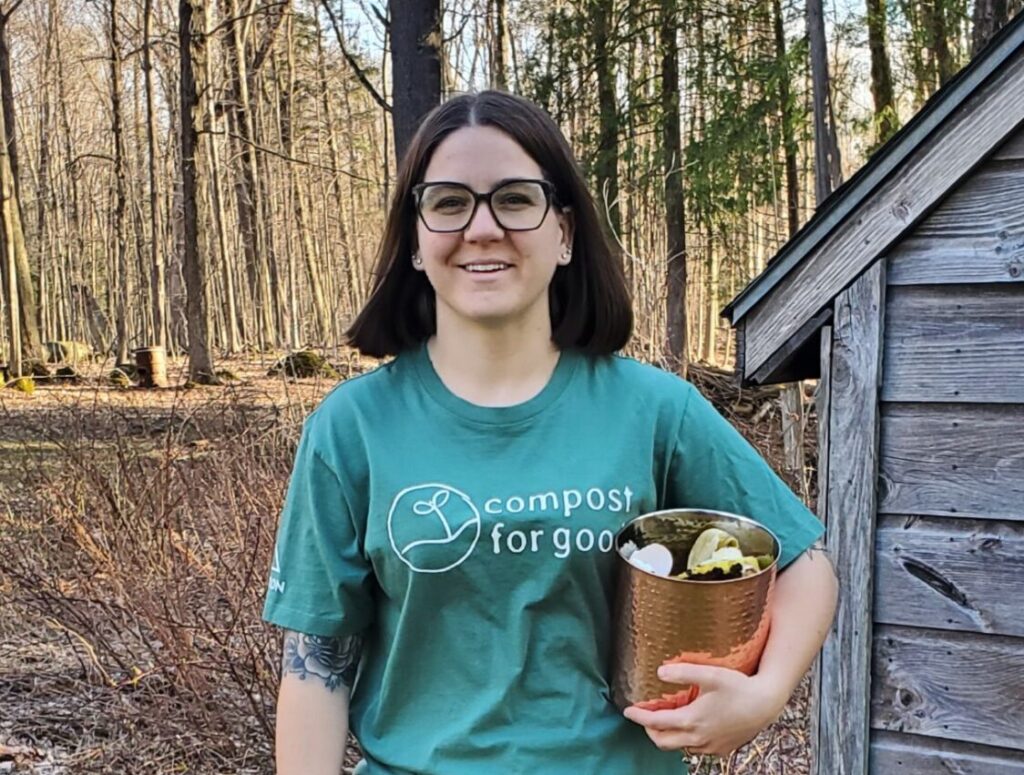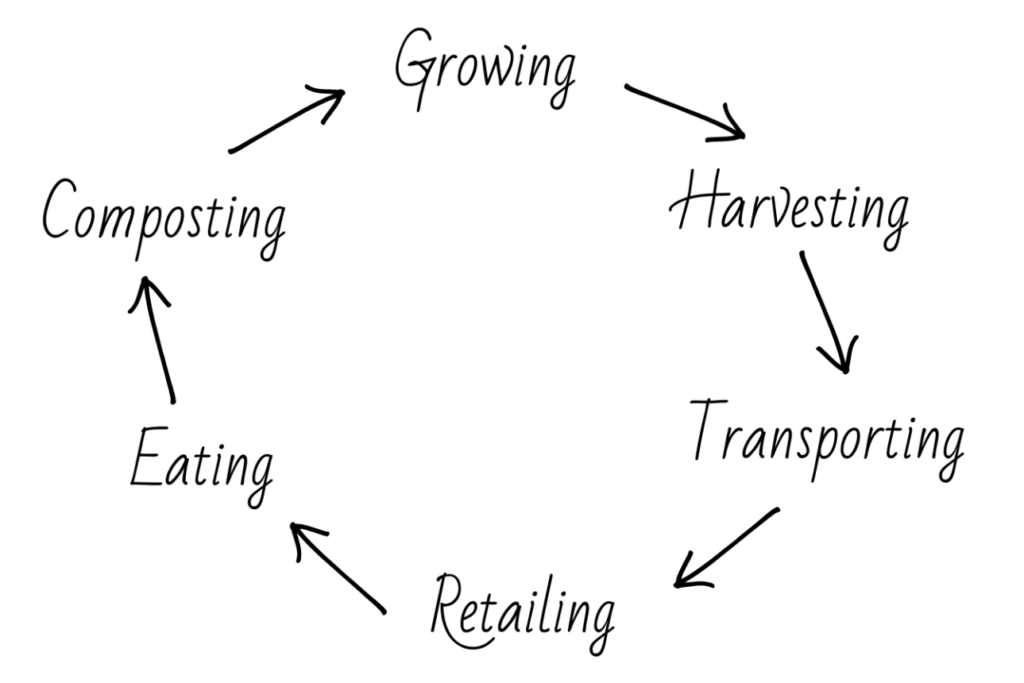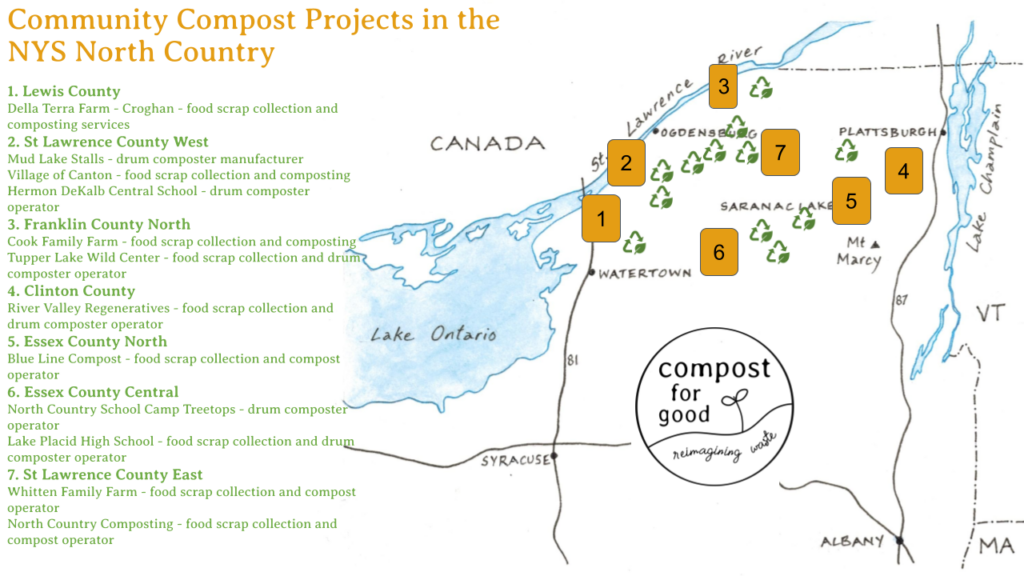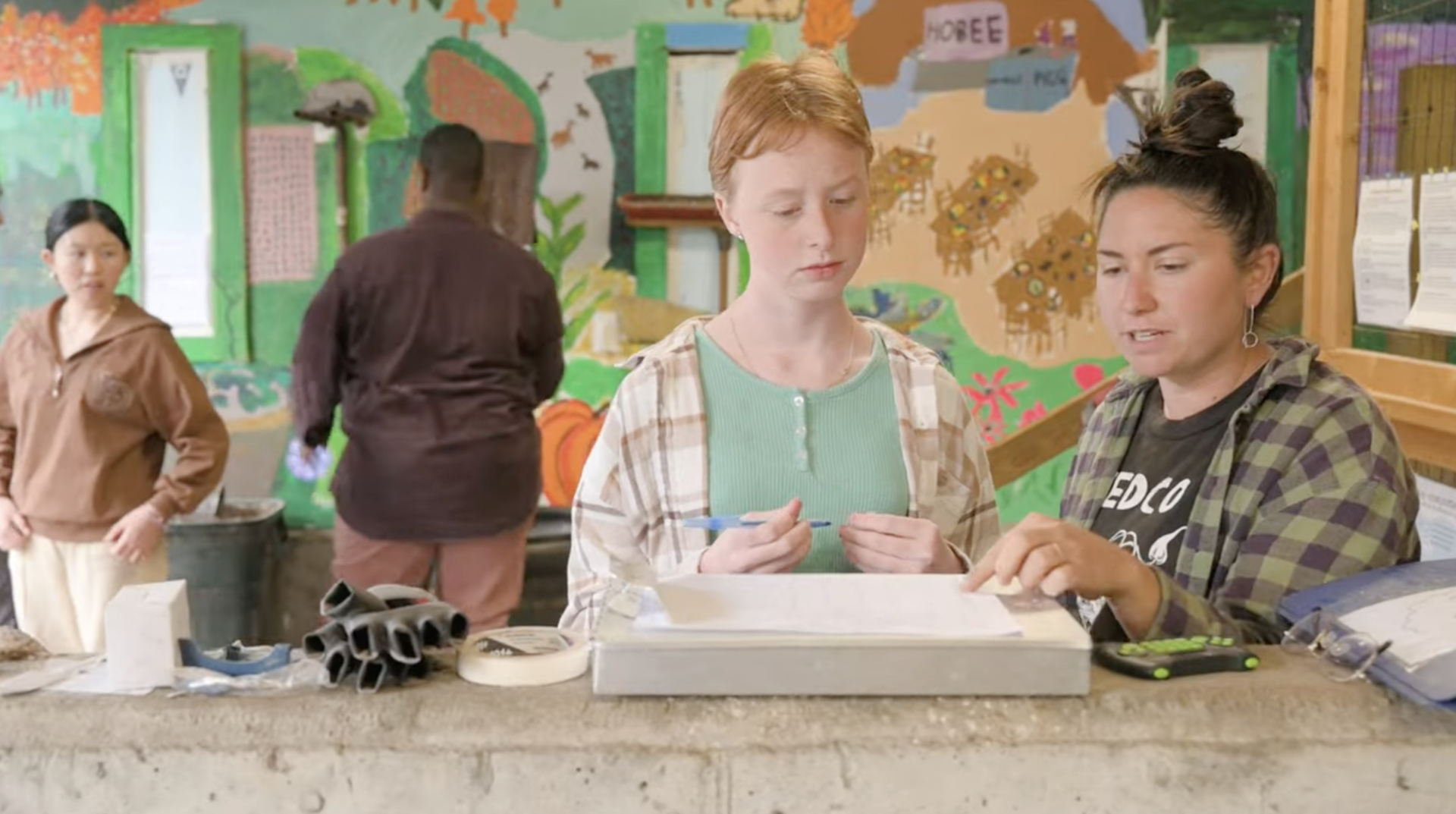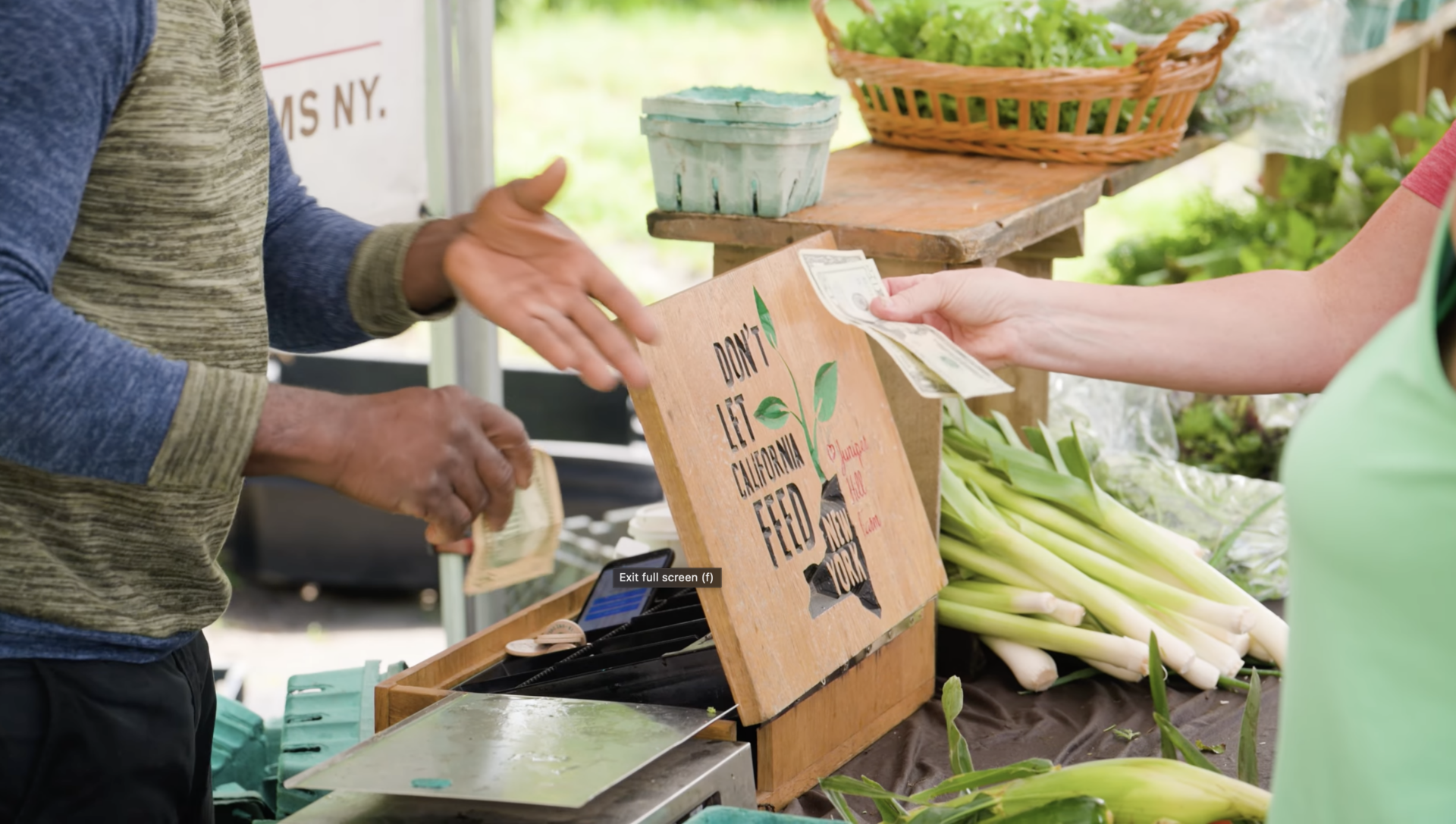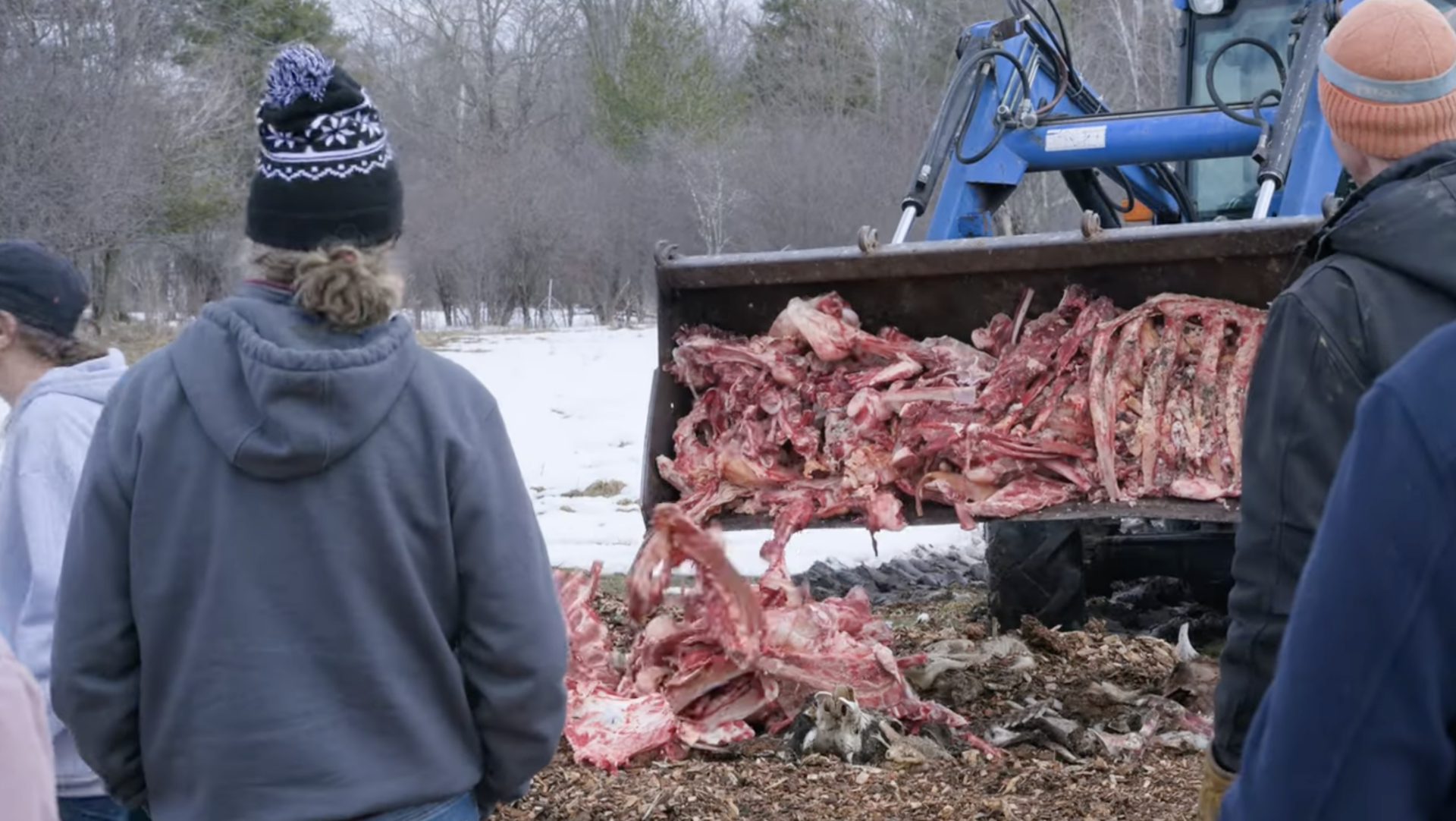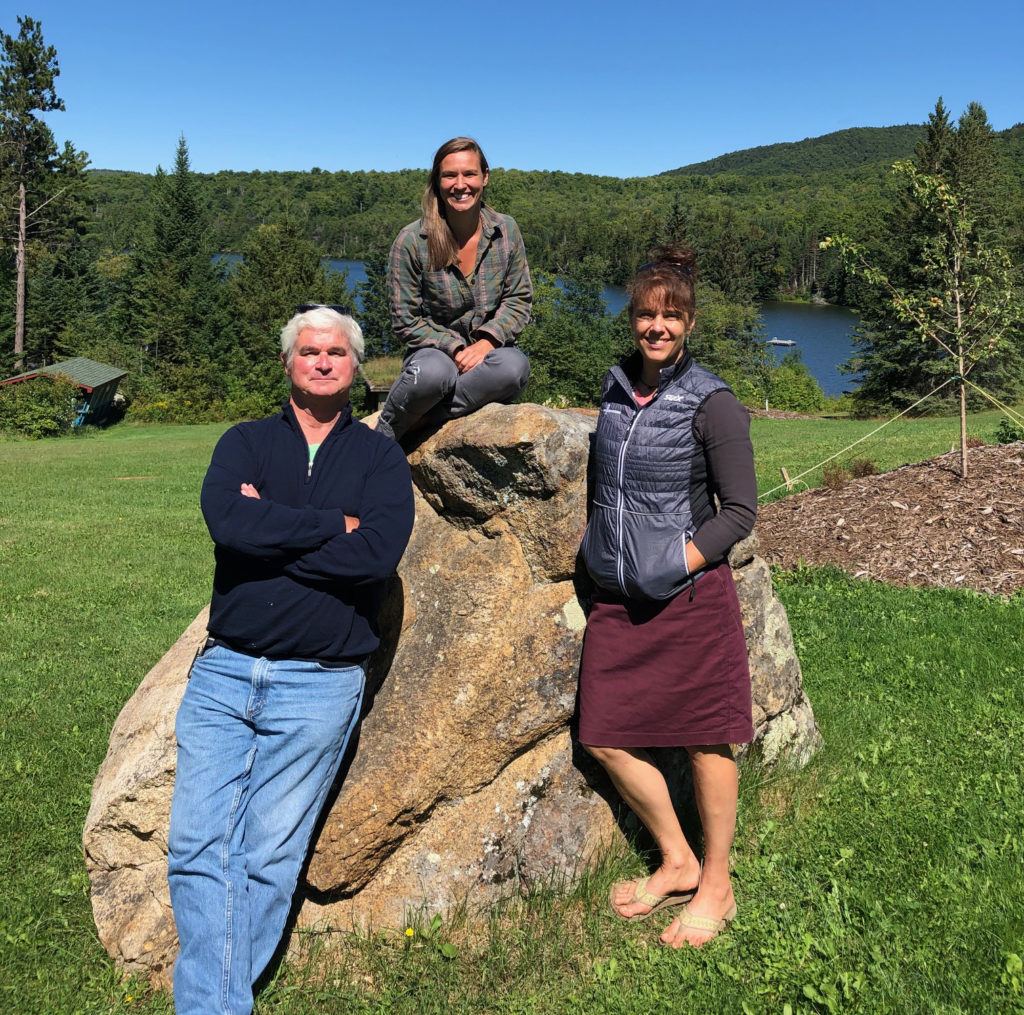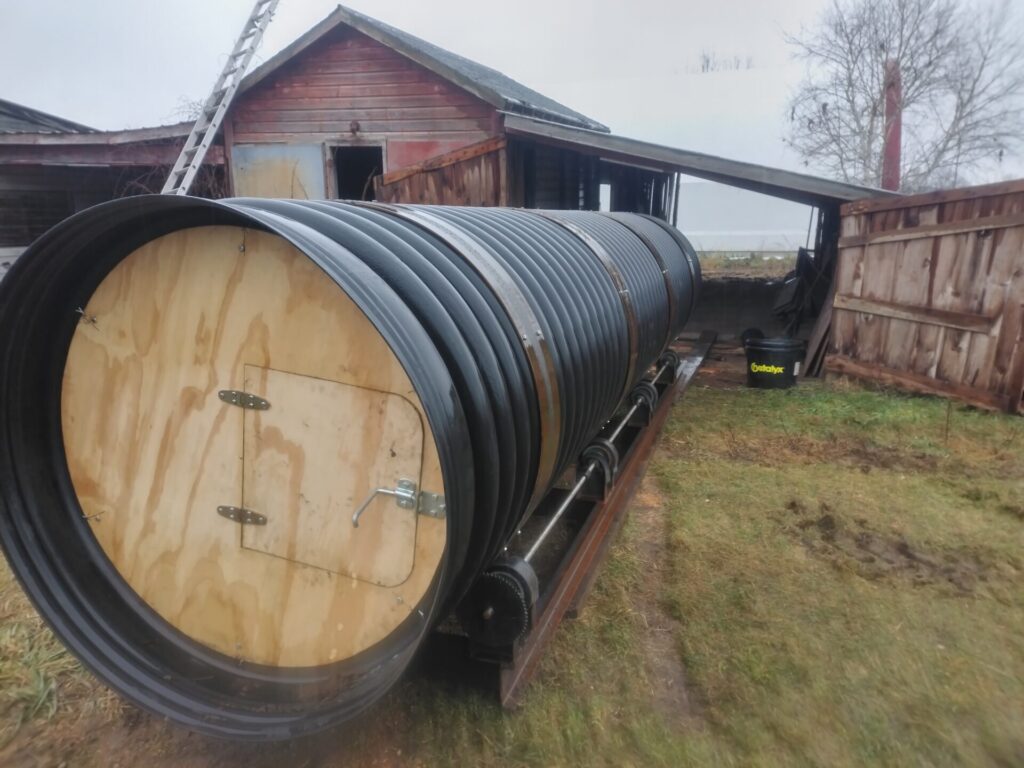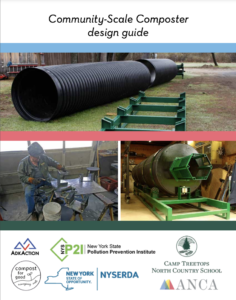
Free, open-source community-scale composter design
This document outlines how the Compost for Good team designed and built a commercial-scale, rotating drum composter, capable of processing all of the unsorted food waste. This composter was built for approximately $15,000 in material cost. Similar-sized composters purchased on the open market range anywhere from $40,000 to $150,000. Our hope is that this document provides enough detail so that others may build their own composter, save money, keep food waste out of landfills, and generate a valuable product for use or sale. We are quite sure that further modifications can be made to reduce the material and labor costs involved in construction.
Download the design guide here.
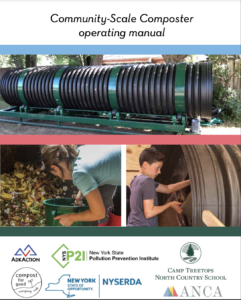
Operating Manual
This operating manual includes general composting instruction and guidelines interspersed with specific details from experience operating our drum composter since early 2017. The manual is intended to be supplemented by in-person and phone consultation, educational videos and a site visit to an existing operational system. Contact the author if on-site training is desired. A design document, educational videos, and lesson plans are posted on our website and a list of additional resources can be found in section VIII; the user is encouraged to reference them. The design for the high flow in-vessel drum composter was born from a desire to find the most affordable and efficient way to compost mixed food waste, in a way that produces high quality soil amendments on an institutional scale.
Download the operating manual here.
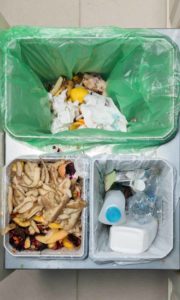 NYS Food Donation and Food Scraps Recycling Law
NYS Food Donation and Food Scraps Recycling Law
Effective January 1, 2022, NYS has taken a stand to make the most of our food by mandating large generators of food scraps to redirect wholesome edible food to those in need and food scraps to organics recycling facilities where they will be recycled into a product beneficial to our environment.
Who will be impacted by the law? Large generators of food scraps (more than 2 tons of wasted food and food scraps per week on average) Examples: Restaurants, grocery stores, hotels & motels, colleges & universities, malls, event centers, etc. View a complete list of Designated Food Scrap Generators that will need to comply with the donation requirements or both the donation and recycling requirements under the law.
Download the DEC factsheet here.
View DEC’s Guidance for New York State Businesses
Stay up to date on the latest information: sign up to receive NYS Food Donation and Food Scraps Recycling law announcements from NYS DEC.
In January 2021, AdkAction and Compost for Good hosted an event to help municipal officials and community advocates understand the new law, and to introduce various options for composting. Representatives from NYS DEC joined us to discuss the new law as well as the Climate Smart Communities program. View a recording of the event here and view the presentation slides here.
Food Waste Reduction and Diversion Reimbursement Program
The Food Waste Reduction and Diversion Reimbursement Program is an innovative partnership between New York State and Rochester Institute of Technology (RIT) focused on incentivizing the reduction of food waste in the state. The program provides reimbursement to New York State businesses or not-for-profits that generate, haul or recycle large amounts of food waste to offset the cost of select technologies and equipment that promise to reduce or divert that food waste from landfill or incineration. Applications for grant funding are now being accepted. Please note that this is a rolling application.
USDA Cooperative Agreements for Community Compost and Food Waste Reduction
The U.S. Department of Agriculture (USDA) has made available up to $2 million for local governments to host Community Compost and Food Waste Reduction (CCFWR) pilot projects for fiscal year 2021. The cooperative agreements support projects that develop and test strategies for planning and implementing municipal compost plans and food waste reduction plans and they are part of USDA’s broader efforts to support urban agriculture.
Applications must be submitted by July 16, 2021. Projects should span two years with a start date of September 25, 2021 and completion date of September 25, 2023. Learn more and apply here.
Climate Smart Communities
The Climate Smart Communities (CSC) Grant program provides 50/50 matching grants to cities, towns, villages, and counties of the State of New York and boroughs of New York City for eligible climate change mitigation, adaptation, and planning and assessment projects.
Applications must be submitted by 4:00 p.m. on July 30, 2021. Learn more on the NYS DEC site and apply on the Consolidated Funding Application site.
Urban Agriculture and Innovative Production
Up to $4 million for grants to support the development of urban agriculture and innovative production projects. USDA’s Office of Urban Agriculture and Innovative Production (Office) is accepting proposals for planning and innovation projects, and these grants are part of USDA’s broader efforts to support urban agriculture.
Applications must be submitted by July 30, 2021. Learn more and apply here.
